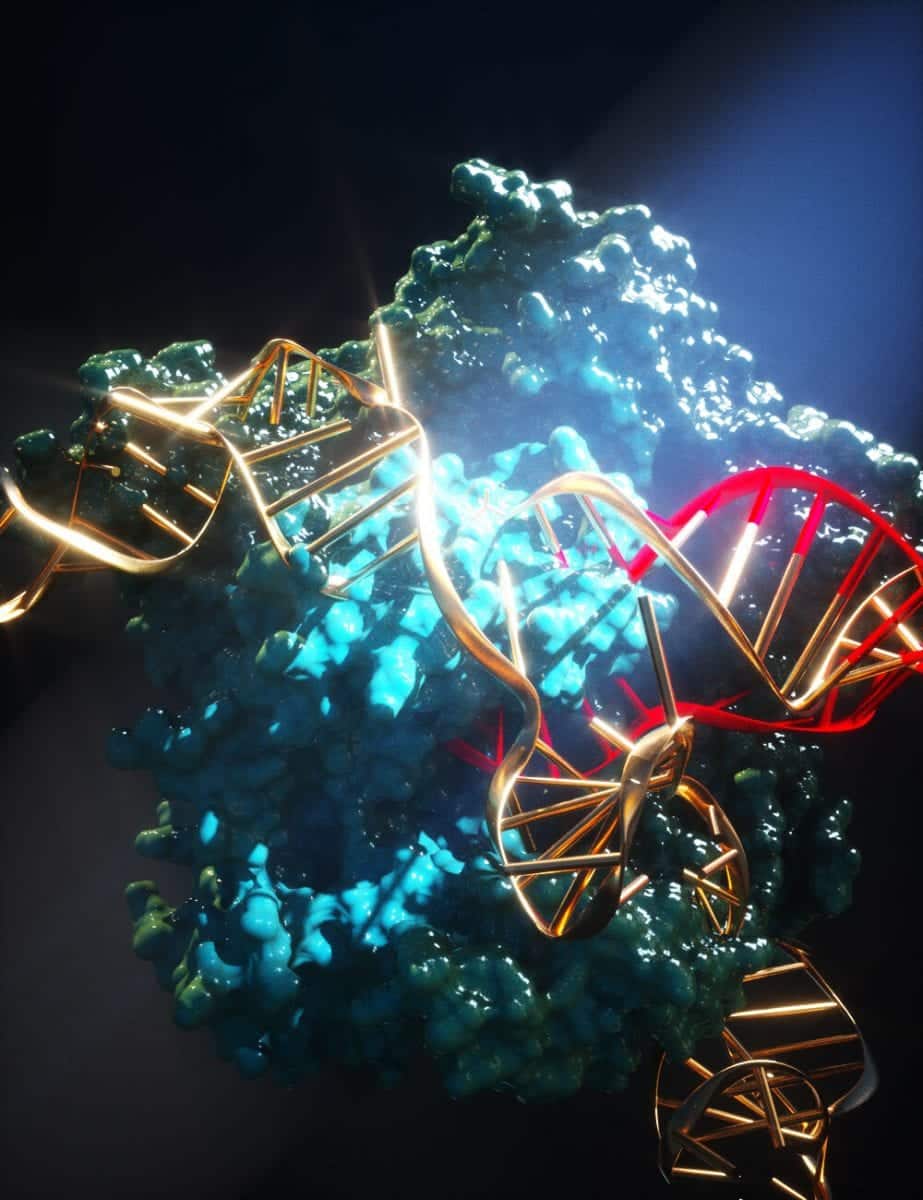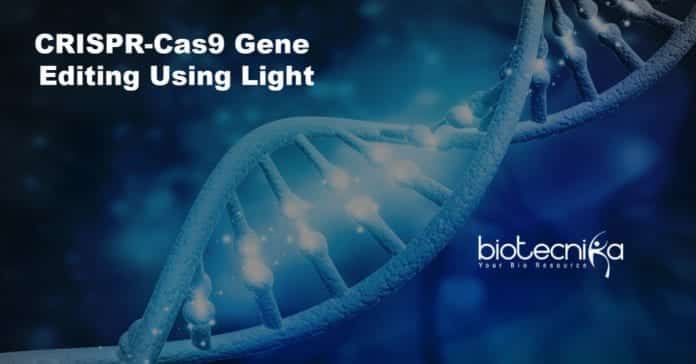CRISPR-Cas9 gene editing using light
Using light-sensitive nucleotides scientists from Johns Hopkins University have developed a method to accelerate the CRISPR-Cas9 gene editing process. The team describes the process and its accuracy in their research paper. Maria Jasin and Darpan Medhi with the Memorial Sloan Kettering Cancer Center have published a Perspective piece detailing the development of CRISPR-Cas9 gene editing and giving an overview of the work done by the group in Baltimore.

The enzyme Cas9 is utilized as scissors to cut strands of DNA at specific spots for editing, with CRISPR-Cas9 gene editing. To help the Cas9 enzyme bind to the DNA at the desired strand spot, an overview RNA molecule is used throughout editing. Presently, this part of the process takes many hours to complete. Researchers have minimized the time to mere seconds in this new effort.
The research entailed modifying some of the guide RNA sequencings by adding light-sensitive nucleotides. Doing so stopped the guide from doing its work until the light was applied. The binding occurred within a matter of seconds as soon as that light was applied. The scientists call it a “caged approach,” since the
guide is limited until guided to perform its role. They have named it as vfCRISPR – very fast CRISPR.The scientists noted that keeping back the editing process and then activating it so swiftly on-demand opens the possibility of researching the process in a lot more detail manner. Additionally, they state that the procedure also enhances accuracy to the degree that it allows for a single allele to be modified at a time. This might allow scientists to develop heterozygous mutations to research complex traits in novel methods. The researchers define the work by the group as moving CRISPR-Cas9 from a blunt instrument to an accurate device. Additionally, they suggest that vfCRISPR is most likely to be a transformative breakthrough as it will permit a much better understanding of the kinetics involved in the cellular response to double-strand breaks during editing.
The research study is published in the journal Science.
Author: Sruthi S






























